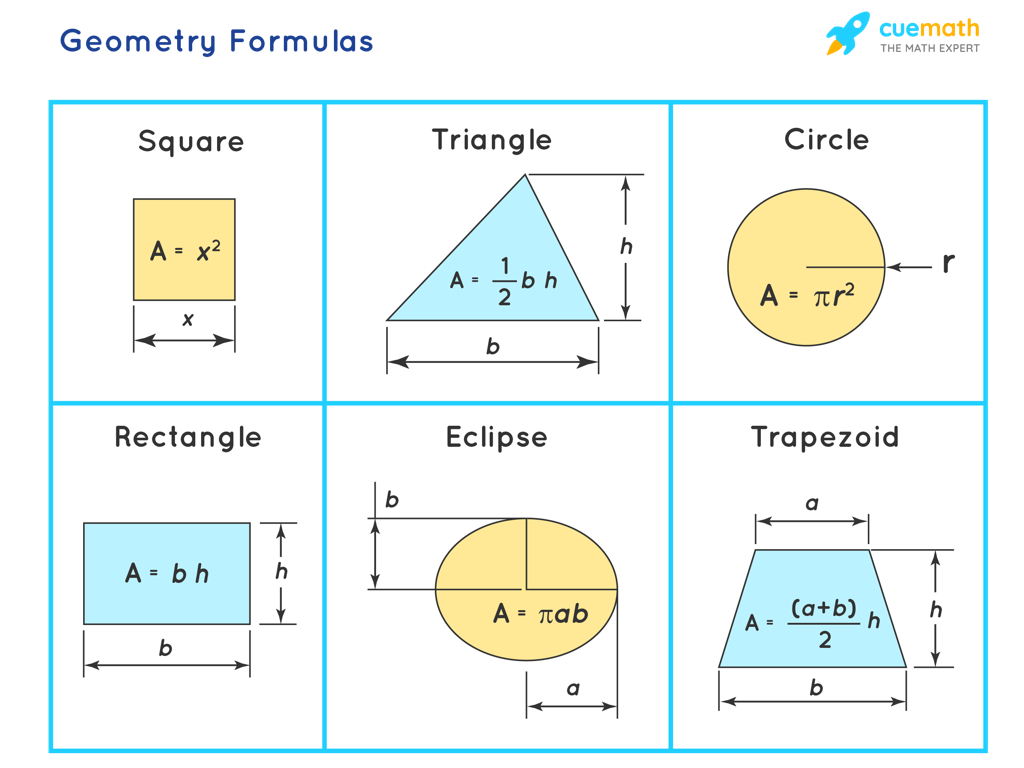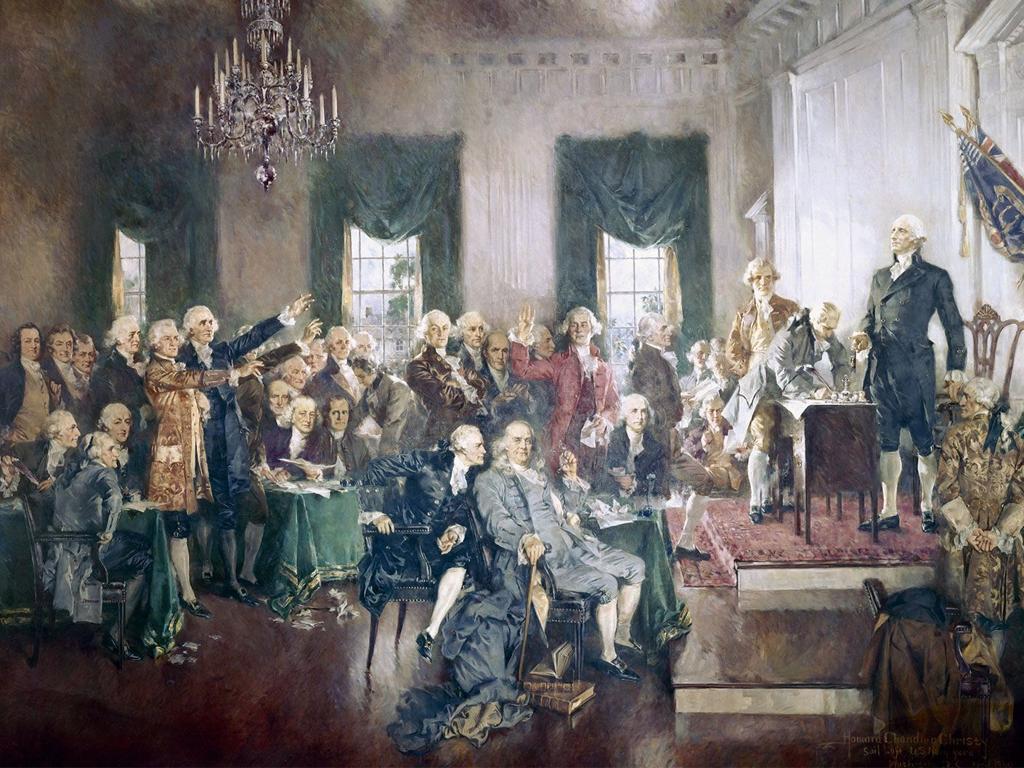Sitting Bull
Subject: Social studies
Grade: Second grade
Topic: Historical Figures
Please LOG IN to download the presentation. Access is available to registered users only.
View More Content
Learning About Sitting Bull
– Who was Sitting Bull?
– A famous Native American leader
– Why is he important?
– He stood up for his people’s rights
– What is a historical figure?
– Someone who did important things in the past
– Class discussion
– Share your ideas about historical figures
|
This slide introduces Sitting Bull, a significant historical figure, to second-grade students. Begin by explaining who Sitting Bull was a leader of the Lakota tribe and a symbol of Native American resistance. Discuss his importance in history, particularly his role in the Battle of Little Bighorn and his efforts to preserve Lakota land and culture. Clarify the concept of a historical figure as someone who has done important things that have made a lasting impact on the world. Encourage students to think about what makes someone a historical figure and to participate in a class discussion, sharing their thoughts and ideas. This will help them connect with the material and understand the relevance of historical figures in their own lives.
Meet Sitting Bull: A Great Leader
– Sitting Bull: Hunkpapa Lakota leader
– He led his people with courage and wisdom.
– Born around 1831
– Leaders shape our history
– Leaders like Sitting Bull help guide and protect their people.
– Why are leaders important?
– Think about leaders at home, school, or community.
|
This slide introduces Sitting Bull, a significant historical figure and leader of the Hunkpapa Lakota Sioux Tribe. Emphasize his role and the qualities that made him a respected leader. Discuss the concept of leadership and its importance in shaping history and communities. Encourage the students to think about why leaders are important by relating to leaders they know in their own lives, such as parents, teachers, or community figures. This will help them understand the impact of leadership and why we remember figures like Sitting Bull.
Sitting Bull’s Early Life
– Born in South Dakota area
– Nicknamed ‘Slow’ as a boy
– ‘Slow’ meant he thought before he acted
– Qualities of a good leader
– Ask: What makes someone a good leader?
– Thoughtfulness and carefulness
– Sitting Bull was thoughtful and careful, important leadership qualities
|
This slide introduces students to the early life of Sitting Bull, emphasizing where he grew up and the origin of his childhood nickname. It’s crucial to explain that despite the name ‘Slow,’ this reflected his thoughtful nature, which is a positive attribute and an essential quality of a good leader. Engage the students by asking them to think about and discuss what qualities they believe make a good leader. This will help them connect personal qualities with leadership and understand why Sitting Bull is remembered as a significant historical figure. Encourage them to think of examples of when they have been thoughtful or careful in their own lives.
Sitting Bull: Becoming a Leader
– Young warrior Sitting Bull
– Became a warrior as a boy, showing great bravery.
– Known for bravery and strength
– His courage made him stand out in his tribe.
– Became chief due to leadership
– His skills in leading others made him chief.
– Led his people with wisdom
– He used his wisdom to guide his people.
|
This slide introduces students to Sitting Bull’s rise as a leader within his tribe. Emphasize that Sitting Bull became a warrior at a young age, which was a sign of honor and bravery. Highlight his well-known traits of courage and strength that made him a respected figure. Explain that his ability to lead and make wise decisions for his tribe led to him becoming a chief. Use this opportunity to discuss leadership qualities and how they can be recognized and respected in every community. Encourage students to think of examples of leadership in their own lives.
Sitting Bull the Chief
– Sitting Bull: A Great Leader
– Protected land and people
– Worked hard to keep his tribe’s land safe
– Led battles for his tribe
– Fought to preserve the Lakota way of life
– When have you protected something?
– Think of a time you kept something safe, like a toy or a friend
|
This slide introduces Sitting Bull as a significant historical figure and leader of his people. Emphasize that as a chief, Sitting Bull’s role was similar to that of a protector, looking after both the land and the cultural heritage of the Lakota tribe. He was known for his courage and leadership in battles, which were fought to defend his people’s way of life. Encourage the students to make personal connections by reflecting on times they have protected something important to them, such as a favorite toy or standing up for a friend. This will help them relate to Sitting Bull’s story on a personal level and understand the concept of leadership and protection.
The Battle of Little Bighorn
– Sitting Bull’s famous battle
– In 1876, a big fight with Sitting Bull’s warriors
– Fought against General Custer
– General Custer’s army was defeated
– Known as ‘Custer’s Last Stand’
– This battle is famous because General Custer was defeated
– A major victory for Sitting Bull
– It was an important win for Sitting Bull’s people
|
This slide is about the Battle of Little Bighorn, a significant event in the life of Sitting Bull, a leader of the Lakota tribe. In 1876, Sitting Bull and his warriors faced off against General Custer’s army. The battle is famously known as ‘Custer’s Last Stand’ because General Custer and his forces were defeated. This victory was a pivotal moment for Sitting Bull and his people, symbolizing their strength and resistance. When discussing this with second graders, emphasize the bravery and leadership of Sitting Bull while keeping the details age-appropriate. Encourage students to think about what it means to stand up for one’s community and to consider the importance of this event in American history.
The Later Life of Sitting Bull
– Sitting Bull’s surrender in 1881
– His time with Buffalo Bill’s Show
– Joined a show to share his culture
– Advocated for his people’s rights
– Spoke about the importance of his people’s traditions and land
– Passed away in 1890
|
This slide covers the final chapter in Sitting Bull’s life, highlighting his surrender to U.S. forces, his unique role in Buffalo Bill’s Wild West Show, and his continued advocacy for the rights and traditions of his people. It’s important to convey to the students that despite his surrender, Sitting Bull never stopped fighting for his people’s future in a peaceful way. His involvement in the show was a means to educate others about his culture. His death in 1890 marked the end of an era, but his legacy lived on. Encourage students to reflect on the importance of standing up for one’s rights and culture, just as Sitting Bull did.
Remembering Sitting Bull
– Sitting Bull: A brave leader
– Defended his people’s rights
– Honoring important leaders
– Discuss ways to respect and remember leaders
– Activities to celebrate Sitting Bull
– Create art, write stories, or hold a play about Sitting Bull
|
Sitting Bull was a respected leader of the Hunkpapa Lakota Sioux and is celebrated for his courage and dedication to his people’s sovereignty. In class, we can honor his legacy by discussing the importance of standing up for what is right and how leaders like Sitting Bull have shaped history. Encourage students to think of ways we can remember and respect such leaders. Activities can include drawing pictures of Sitting Bull, writing short stories about his life, or even organizing a classroom play that tells a story from his life. These activities will help students connect with historical figures on a personal level and understand the impact of their actions.
Class Activity: Remembering Sitting Bull
– Create a Sitting Bull memorial poster
– Draw Sitting Bull or a symbol from his life
– Share your drawing with the class
– Explain the meaning behind your choice
|
This activity is designed to help students connect with the historical figure Sitting Bull in a creative and personal way. Provide students with art supplies for their posters. Encourage them to think about what they’ve learned about Sitting Bull and to express this knowledge through their artwork. Possible symbols could include a buffalo, a peace pipe, or a teepee, which represent different aspects of Sitting Bull’s life and legacy. When sharing, prompt students to discuss why they chose their particular image and what it represents about Sitting Bull. This will help reinforce their understanding of his importance in history and allow them to practice their presentation skills.






